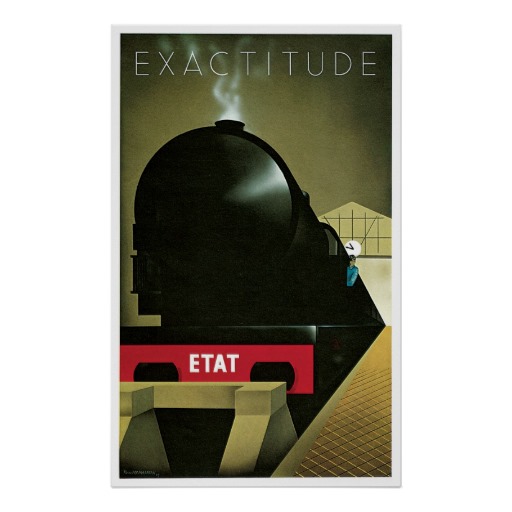Look at the Pie. Or my new, crappy watch I made myself.


Mutt: What will be the appropriate designation for the upcoming period of solar rotation in the Anno Domini system as devised by St. Dionysius Exiguus?
Jeff: Why don't you just look at the pie?
Mutt: Couldn't you just answer the question? Why do you always have to be a sarcastic asshole?
Jeff: Seriously, look at the pie.
Mutt: Huh. Yeah. I see what you mean. Sorry dude.
Jeff: No problem, my tinhorn peer. It is after all New Years.
Ens.: And to all a good night.
TL;DR
Consciously uncouple from the yoke of technological precision, using nothing but precision …
more ...